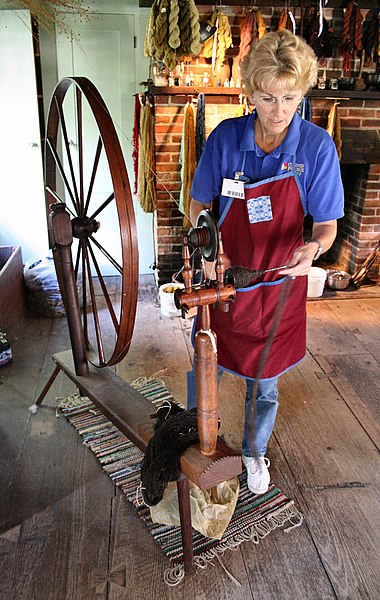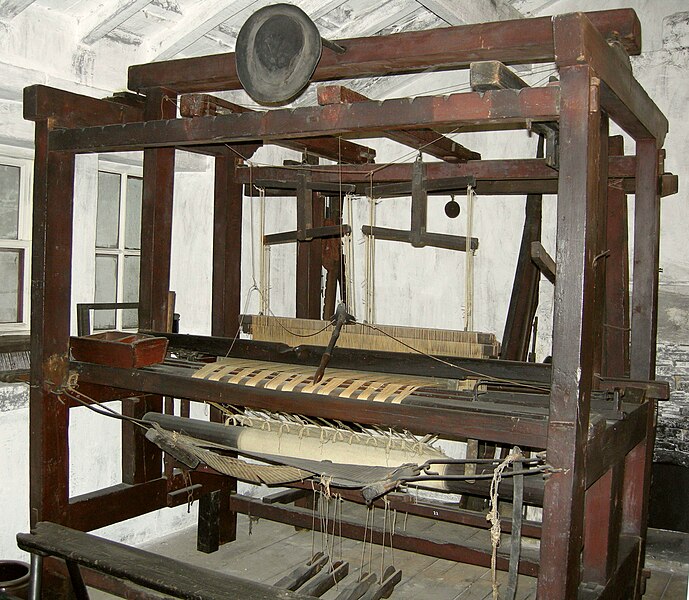Cassia by Susan Craft
The Xanthakos family’s sea voyage from South Carolina to the North Carolina Outer Banks turns ugly after they pressure their ship’s captain to rescue a pregnant woman thrown overboard from a slave ship. When the slave contracts smallpox, the captain maroons her, Lilyan and Nicholas and their children, Laurel, Paul, and Marion, on an island.
After Nicholas and Marion leave to seek help, Lilyan and her children and the baby, whom they have named Cassia, are captured by pirates and taken to their island hideout under the command of the vile Captain Galeo (The Shark), but Paul escapes along the way.
Galeo is attracted to Lilyan and orders her and Laurel to dine with him where reveals his plan to make Lilyan his own and auction Laurel to the highest bidder and where he forces them to witness a mock trial and a hanging. Heartsick to see her child exposed to such evil, Lilyan rekindles her long-dormant courage and forges an escape plan. Meanwhile, Nicholas faces his self-perceived failure to protect his family. He must abandon the life of a vintner and once again call upon the skills he honed as a captain in Francis Marion’s militia. Together they face the hardest challenge to a parent, watching as life tests the mettle of their highly sheltered and beloved children. Bolstered by their faith, they realize their strength isn’t enough to see them through and that God is in control.
Will the Xanthakos children withstand their trials and learn to be as tough as their parents? Will the family be united and return to their peaceful Blue Ridge Mountain home?
Cassia is the third novel in my historical romantic suspense series, The Xanthakos Family Trilogy. The first is The Chamomile and the second is Laurel.
Cassia in Hebrew means to
bow down the head. An aromatic bark,
it was known as the poor man’s cinnamon because it had a similar
fragrance to cinnamon, but was not as costly. It was an ingredient of
holy anointing oil used to anoint priests, kings and their garments,
and will be the aroma of Christ’s robes when he returns to us (see
Psalm 45:8 and Exodus 30:24). The ingredient of cassia reminds us of
the suffering servant who in his body was the sacrifice for the world.
The brokenness of his body was the sweet fragrance to the Father that
he had won the human race back to himself (Ephesians 4:8).
I will be giving away a copy of Cassia
and I'll be giving away a second prize of a cinnamon candle and a box of Cassia notecards.
*******
The Lost Heiress
by Roseanna M. White
Brook Eden has never known where she truly belongs. Though raised in the
palace of Monaco, she's British by birth and was brought to the
Grimaldis under suspicious circumstances as a babe. When Brook's friend
Justin uncovers the fact that Brook is likely a missing heiress from
Yorkshire, Brook leaves the sun of the Mediterranean to travel to the
moors of the North Sea to the estate of her supposed family.
The
mystery of her mother's death haunts her, and though her father is quick
to accept her, the rest of the family and the servants of Whitby Park
are not. Only when Brook's life is threatened do they draw close--but
their loyalty may come too late to save Brook from the same threat that
led to tragedy for her mother.
As heir to a dukedom, Justin is no
stranger to balancing responsibilities. When the matters of his estate
force him far from Brook, the distance between them reveals that what
began as friendship has grown into something much more. But how can
their very different loyalties and responsibilities ever come together?
And then, for a second time, the heiress of Whitby Park is stolen away because of
the very rare treasure in her possession--and this time only the servants of Whitby can save her.
Giveaways!
One signed copy of The Lost Heiress will be given to a Colonial Quills commenter ~
PLUS, you can enter Roseanna's big giveaway...
Roseanna's huge giveaway of BROOK'S TREASURES is going on right now on her website, featuring coffee, chocolate, Brook's heirloom necklace, a leather journal, CD, a copy of
Chivalrous by Dina L. Sleiman, and a signed copy of
The Lost Heiress!
Following a humiliating defeat at Philadelphia and a rival’s stunning victory at Saratoga, Washington’s army faces yet another bitter winter, this time at Valley Forge. Meanwhile, General Jonathan Carleton races to save Elizabeth Howard from the horrors of the prison ships in the British stronghold at New York, while British General William Howe plots to execute them both.
From heart-pounding battles on the high seas, to the rigors of Valley Forge and the Shawnee’s savagely fought wars to preserve their ancestral lands, Valley of the Shadow continues the thrilling saga of America’s founding in an inspiring story of despair, courage, and triumph.
The American Patriot Series is the only comprehensive, accurate, faith-based historical fiction series on the American Revolution.
~Two Giveaways~
A copy of Valley of the Shadow or any one of the previous books of the series—Daughter of Liberty, Native Son, Wind of the Spirit, or Crucible of War—in either print or ebook edition.
A Blue Willow 16 oz. teapot with a ceramic brewing infuser, along with a tin of Gunpowder Green Tea.The teapot’s classic Chinese Blue Willow pattern illustrates the Chinese legend of Kwang-se and her lover Chang. Pursued by her father as they sought to elope, the young couple were transformed into turtle doves and flew away to hide from the world. The traditional China gunpowder green tea, popular since colonial times, is commonly known as Pearl Tea because of its round, tightly rolled, grayish-green leaves that unfold when brewed to give a sweet fragrance and delightful taste.
Lilacs for Juliana now available
in paperback by
Carrie Fancett Pagels
During the colonial times, Michigan's straits of Mackinac area was occupied by the French. Step forward to 1891, when a French descendant, Juliana Beauchamps, is about to meet eye-to-chest with the imaginary folk hero Paul Bon Jean (later immortalized as Paul Bunyan in print) when 6'6" Richard "Moose" Christy shows up in her library story circle! But as their affection grows, will a Milwaukee beer baron, or her love of lilacs, come between them?
Book 3 in The Christy Lumber Camp Series is a story about the youngest Christy sibling, Richard, as he assumes responsibility as the boss of a new lumber camp in Michigan's beautiful Upper Peninsula.
Giveaways: Carrie is giving away two paperback copies of Lilacs for Juliana and an E-book copy of Christmas Traditions a #1 Best Seller on Amazon for Anthologies and Short Stories! Also a complete Kindle Ebook set of The Christy Lumber Camp Series for one reader who hasn't read any of the stories yet. Extra giveaway credits for those who sign up for Carrie's newsletter (which will also get you a free short story from her!) Email her at CFPagels(at)gmail(dot)com and put newsletter in the subject line.
Christmas Traditions Eight-in-One Collection (August, 2015) released with novellas by
Gina Wellborn and
Carrie Fancett Pagels (as well as authors Angela Breidenbach, Jennifer AlLee, Patty Smith Hall, Darlene Franklin, Cynthia Hickey, and Niki Turner who are not CACW members.) This ongoing #1 Amazon Anthology Bestseller (PTL!!!) is also available in
paperback. Carrie's Selah Award Finalist and Family Fiction Book of the Year Finalist
The Fruitcake Challenge is one of the novellas in this collection. Gina's wonderful novella,
Holly Daze, is also included.
Giveaway: Gina is giving away TEN (YES, TEN) ebook copies of Christmas Traditions and we are also giving away a paperback of the entire collection.


































